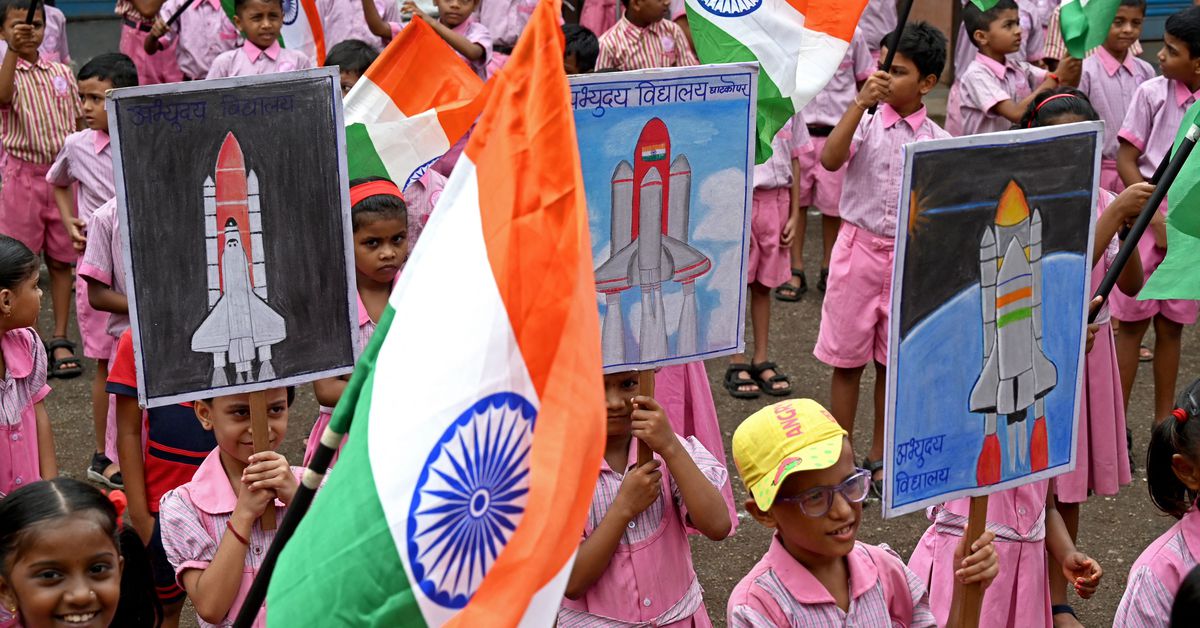So what has that slacker been doing since then? Has it quantified the amount of water (as ice) located in the fissures at the south pole?
Get busy little robot - we have no time for dallying.
It’s less impressive when you remember they’re letting the majority of Indian children live with severe malnourishment to do this…
It’s like NK bragging about their rockets.
When you don’t take care of the necessities, it’s easy to do other shit.
Like a person wearing flashy clothes, driving new cars, and living in a giant house. Then finding out their over leveraged and bankrupt.
Edit:
Downvoting won’t feed the children Modi is sacrificing
The prevalence of Zero-Food in India marginally declined from 20.0% (95% CI: 19.3%–20.7%) in 1993 to 17.8% (95% CI: 17.5%–18.1%) in 2021. There were considerable differences in the trajectories of change in the prevalence of Zero-Food across states. Chhattisgarh, Mizoram, and Jammu and Kashmir experienced high increase in the prevalence of Zero-Food over this time period, while Nagaland, Odisha, Rajasthan and Madhya Pradesh witnessed a significant decline. In 2021, Uttar Pradesh (27.4%), Chhattisgarh (24.6%), Jharkhand (21%), Rajasthan (19.8%) and Assam (19.4%) were states with the highest prevalence of Zero-Food. As of 2021, the estimated number of Zero-Food children in India was 5,998,138, with the states of Uttar Pradesh (28.4%), Bihar (14.2%), Maharashtra (7.1%), Rajasthan (6.5%), and Madhya Pradesh (6%) accounting for nearly two-thirds of the total Zero-Food children in India. Zero-Food in 2021 was concerningly high among children aged 6–11 months (30.6%) and substantial even among children aged 18–23 months (8.5%). Overall, socioeconomically advantaged groups had lower prevalence of Zero-Food than disadvantaged groups.
https://www.thelancet.com/journals/eclinm/article/PIIS2589-5370(23)00067-6/fulltext
“Majority” of Indian children?


